Silent enhancement of Surface-enhanced Raman spectroscopy signal without increasing hot spot intensities
Surface enhanced Raman scattering (SERS) founds application almost in all fields of science and in the industry. Plasmonic nanostructures, e.g. a gold-coated AFM tip, localizes the source to nm-size hot spots which enables the enhancement of nonlinear effects like SERS. Even SERS have some limitations. When the source intensity increased further, a Raman-active molecule (blue) can be damaged or its vibrational modes can be modified. In this presentation, I introduce our recent method [1] which can increase the SERS signal about 1000 times, without increasing the hot spot intensity; hence called as silent. The method relies on Fano resonances and necessitates the contamination of the AFM tip with appropriate auxiliary molecules (purple). The method is easy to implement in experiments and have great impact in the SERS imaging technology.
All the results are exact solutions of 3D Maxwell equations. I present textbook [2] results (very simple expressions) merely to anticipate/explain both phenomena.
References:
[1] S. Postaci, B.C.Y. Karakul, Alpan Bek, M.E. Tasgin, Nanophotonics 7, 1687–1695 (2018).
[2] M.E. Tasgin, Alpan Bek, S. Postaci, Fano resonances in the linear and nonlinear plasmonic response, Chapter 1 in, E. O. Kamenetskii, A. Sadreev, and A. Miroshnichenko (Editors), Fano resonances in optics and microwaves: 2018, Springer Publishing. https://www.springer.com/gp/book/9783319997308
Short Bio:
Dr. Tasgin received his BSc and PhD from Bilkent University Physics Department in 2003 and 2009, respectively. He did his PhD on optical properties of BECs with advisor Dr. M. Ozgur Oktel. He conducted a one-year postdoc in Koc University with Ozgur E. Mustecaplioglu in 2009 and another one-year postdoc in University of Arizona with Pierre Meystre, former lead editor of APS journals. He worked in Kirklareli University for two years and moved to Hacettepe Univerity on 2014. He conducts research on quantum plasmonics and quantum optics. His major works are demonstrating the unreliability of superluminal propagation and unification of criteria for different types of nonclassicalities, i.e. two-mode and many-particle entanglement criteria. He also works on Fano resonances in plasmonic materials.


